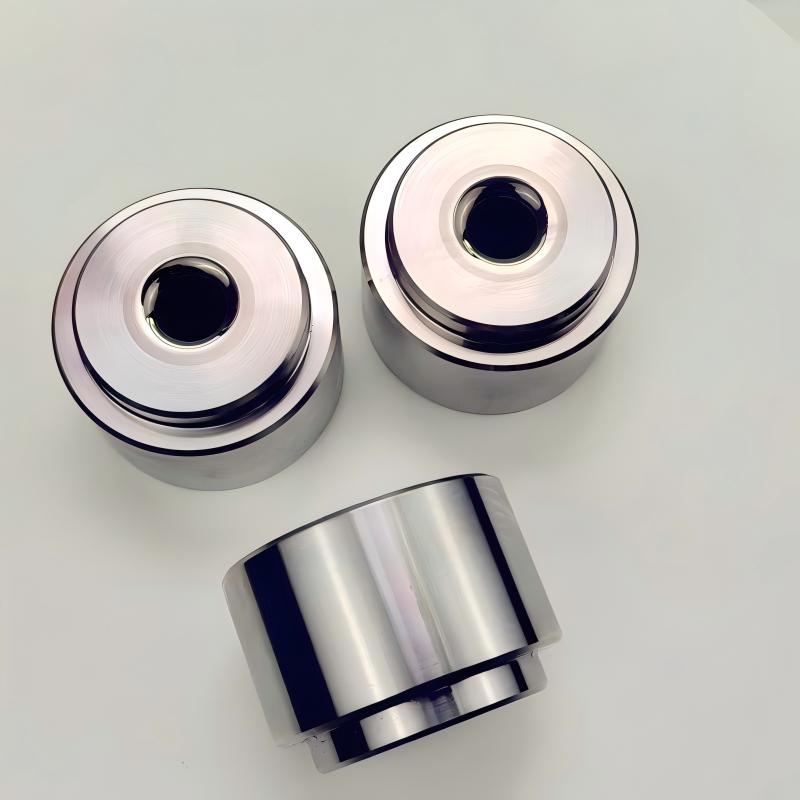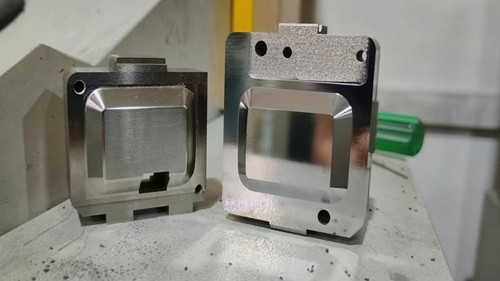How to polish carbide dies and why it is important?
Cemented tungsten carbide dies, renowned for their high hardness, exceptional wear resistance, and resistance to heat and corrosion, find extensive applications across numerous industries. During the service life of these dies, polishing treatment significantly enhances the light refractive index of the workpiece surface, resulting in a brighter visual appearance. Importantly, this polishing process does not alter the original dimensions of the part or the surface unevenness.
1. Functions of Polishing
Polishing is an indispensable step in the processing workflow of cemented carbide dies. Particularly for tungsten steel cemented carbide dies, polishing poses greater challenges due to the material’s high hardness. However, meticulously polished dies not only achieve a more practical and aesthetically pleasing appearance but also significantly improve their wear resistance. A smooth, polished surface reduces friction during mold operation, minimizes material adhesion, and extends the overall service life of the mold by preventing premature wear caused by surface irregularities.

2. Sandpaper Grits Required for Mirror Polishing of Cemented Carbide dies
The selection of sandpaper is crucial for achieving mirror polishing on cemented carbide surfaces. The grit size of sandpaper indicates the coarseness or fineness of the abrasive particles, directly influencing the polishing effect. In general, achieving a mirror-like finish requires a gradual progression from lower to higher grit sandpapers to remove surface roughness step by step, ultimately achieving a smooth, reflective surface.
Specifically, the sandpaper grits required for mirror polishing of cemented carbide typically range from 800 grit to 2000 grit. In practice, adjustments can be made based on the material’s hardness and initial surface condition. For example:
If the cemented carbide surface is relatively rough, start with low-grit sandpapers (such as 120 grit or 240 grit) for rough grinding to quickly remove surface protrusions and defects.
Then transition to medium-grit sandpapers (400 grit or 600 grit) for fine grinding, making the surface flatter.
Finally, use high-grit sandpapers (1000 grit, 1500 grit, or even higher) for precision polishing until the mirror effect is achieved.
3. Detailed Explanation of Polishing Processes
3.1 Fluid Polishing
Fluid polishing is a process that utilizes high-speed flowing liquid carrying abrasive particles to scour the surface of cemented carbide molds, thereby achieving a polishing effect. The abrasive-laden fluid acts as a flexible grinding tool, conforming to the mold’s surface contours and effectively removing micro-irregularities without causing damage to complex shapes. This method is particularly suitable for molds with intricate geometries.

Chemical polishing involves immersing the cemented carbide mold in a chemical medium. By leveraging the difference in chemical dissolution rates between micro-protrusions and depressions on the surface, the protrusions dissolve preferentially, resulting in a smoother mold surface. This method is ideal for polishing complex-shaped cemented carbide molds and enables simultaneous processing of multiple workpieces, offering high efficiency.
3.3 Electrolytic Polishing
Similar to chemical polishing, electrolytic polishing achieves a smooth surface by selectively dissolving tiny protrusions on the mold surface. However, electrolytic polishing eliminates interference from cathode reactions, leading to a more superior polishing effect with higher surface uniformity and brightness. It is widely used in applications requiring ultra-smooth surfaces, such as precision dies for optical components.
3.4 Ultrasonic Polishing
In ultrasonic polishing, the mold is immersed in a suspension containing abrasives, and the entire assembly is placed in an ultrasonic field. The vibration generated by ultrasonic waves causes the abrasives to grind and polish the mold surface. This process is highly effective for polishing small, intricate features or deep cavities that are difficult to reach with traditional methods.
3.5 Magnetic Abrasive Polishing
Magnetic abrasive polishing technology utilizes magnetic abrasives that form an “abrasive brush” under the influence of a magnetic field, enabling grinding and polishing of the mold surface. This technique ensures uniform polishing across the entire surface, including hard-to-reach areas, and effectively improves the overall polishing quality of the dies.
4. Summary and Recommendations
There are various polishing methods for cemented carbide, each with its own advantages, disadvantages, and applicable scenarios. When selecting a polishing method, comprehensive consideration of specific requirements and operational conditions is essential. To achieve optimal polishing results, the following points should be noted:
Select appropriate polishing tools and materials based on the mold’s shape and surface requirements.
Strictly control process parameters such as polishing time, pressure, and medium concentration.
Adhere to the polishing sequence from coarse to fine to avoid reintroducing surface defects.
Regularly inspect and adjust the polishing effect during the process to ensure consistency.
Through continuous practice and experience accumulation, operators can further enhance their skills in cemented carbide polishing, ensuring that dies meet the stringent performance and appearance standards required by modern industrial applications.
Our company is among China’s top ten tungsten carbide products manufacturers. Should you require cemented carbide products, please contact us.
